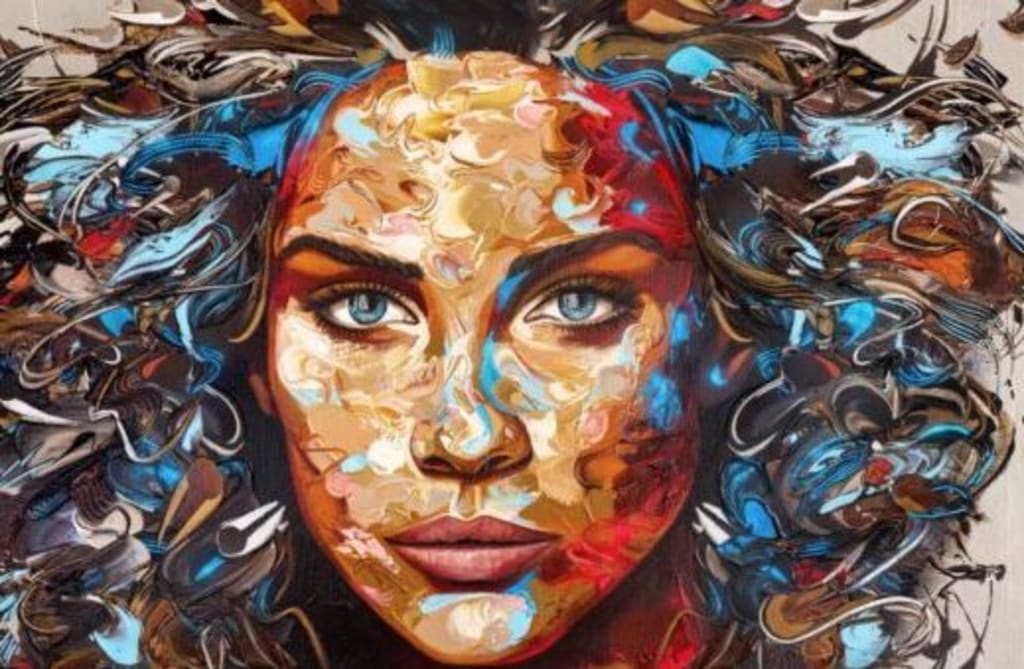The Rise of NFTs in the Art World:
Opportunities and Challenges

In recent years, the art world has witnessed a revolution with the emergence of Non-Fungible Tokens (NFTs). These digital assets have taken the art world by storm, with art collectors and enthusiasts alike buying and selling digital art for millions of dollars. In this article, we'll explore the rise of NFTs in the art world, the opportunities they offer, and the challenges that come with them.
What are NFTs?
NFTs are unique digital assets that are verified and recorded on a blockchain. They are different from cryptocurrencies like Bitcoin and Ethereum, which are fungible and can be exchanged for other cryptocurrencies of equal value. NFTs, on the other hand, are non-fungible, meaning that they are unique and cannot be exchanged for anything else.
NFTs and the Art World
NFTs have revolutionized the art world, offering a new way to buy, sell and trade digital art. Unlike traditional art, which can only be owned physically, digital art can be owned and traded as an NFT. This has opened up new possibilities for artists, who can now sell their digital art as NFTs, making it a valuable and tradable asset.
Opportunities Offered by NFTs
NFTs offer several opportunities for the art world. Firstly, they provide a new revenue stream for artists, who can sell their digital art as NFTs, making it a valuable and tradable asset. Secondly, they offer a new way for collectors to invest in art, with the potential for significant returns on investment. Thirdly, NFTs provide a way to verify the authenticity and ownership of digital art, addressing the issue of copyright and ownership in the digital age.
Challenges of NFTs in the Art World
However, the rise of NFTs in the art world has also come with its challenges. One of the main challenges is the environmental impact of NFTs. The process of creating and verifying NFTs requires a significant amount of energy, leading to concerns about the carbon footprint of NFTs. Another challenge is the issue of copyright and ownership, which can be difficult to determine in the digital age.
Conclusion
The rise of NFTs in the art world has brought with it a wave of change that has disrupted traditional art practices. This new digital asset class has opened up new opportunities for artists, collectors, and investors. However, with any new technology comes new challenges, and NFTs are no exception. The environmental impact of NFTs and the issue of copyright and ownership are two of the most significant challenges facing the art world today.
The environmental impact of NFTs is a critical issue that must be addressed. The process of creating and verifying NFTs requires a significant amount of energy, leading to concerns about the carbon footprint of NFTs. Artists, collectors, and investors must take responsibility for the environmental impact of NFTs and work to find sustainable solutions to minimize their impact.
The issue of copyright and ownership is another challenge facing the art world. In the digital age, determining ownership and copyright can be a challenging task. It is essential that artists and collectors have a clear understanding of the ownership and copyright of digital art, especially when buying and selling NFTs. The art world must find a way to protect artists' rights and ensure that NFTs are used ethically.
Despite these challenges, the opportunities offered by NFTs in the art world are vast. NFTs provide a new revenue stream for artists, a new way for collectors to invest in art, and a way to verify the authenticity and ownership of digital art. As the use of NFTs in the art world continues to grow, it will be essential to address these challenges and ensure that NFTs can be used in a sustainable and ethical way.
In conclusion, NFTs have changed the game for digital art, making it possible for artists to monetize their work and for collectors to invest in valuable assets. However, the challenges associated with NFTs cannot be ignored, and the art world must find a way to address them. Ultimately, the future of NFTs in the art world will depend on how these challenges are addressed and whether they can be used in a way that is both sustainable and ethical. The art world must embrace NFTs and work to ensure that they are used in a way that benefits artists, collectors, and the environment.
associated with NFTs cannot be ignored, and the art world must find a way to address them. Ultimately, the future of NFTs in the art world will depend on how these challenges are addressed and whether they can be used in a way that is both sustainable and ethical.
About the Creator
Muhammad Sarib Ali
Sarib is an experienced Content Writer with 5 years of experience in the CNet industry. He is a creative and analytical thinker with a passion for creating high-quality content and crafting compelling stories.






Comments
There are no comments for this story
Be the first to respond and start the conversation.